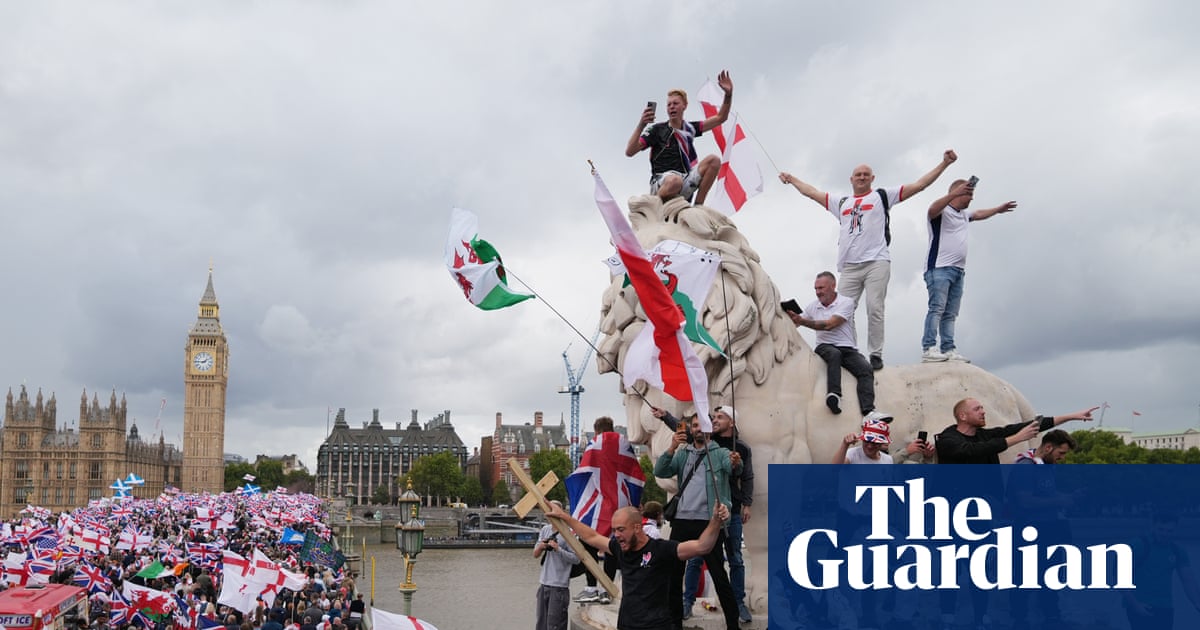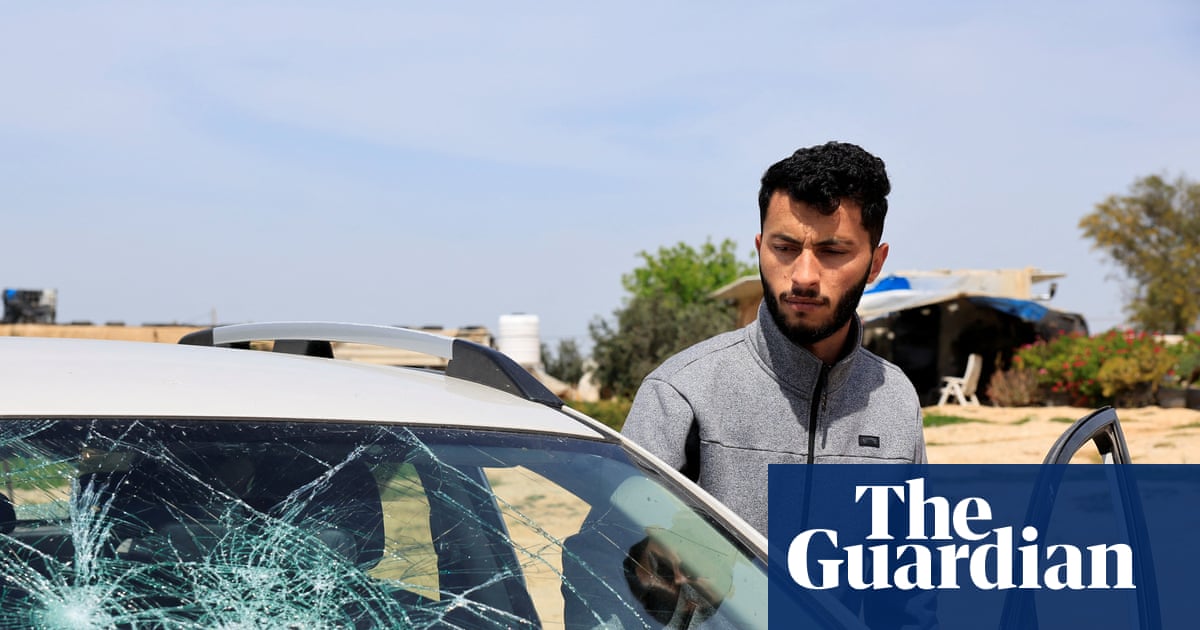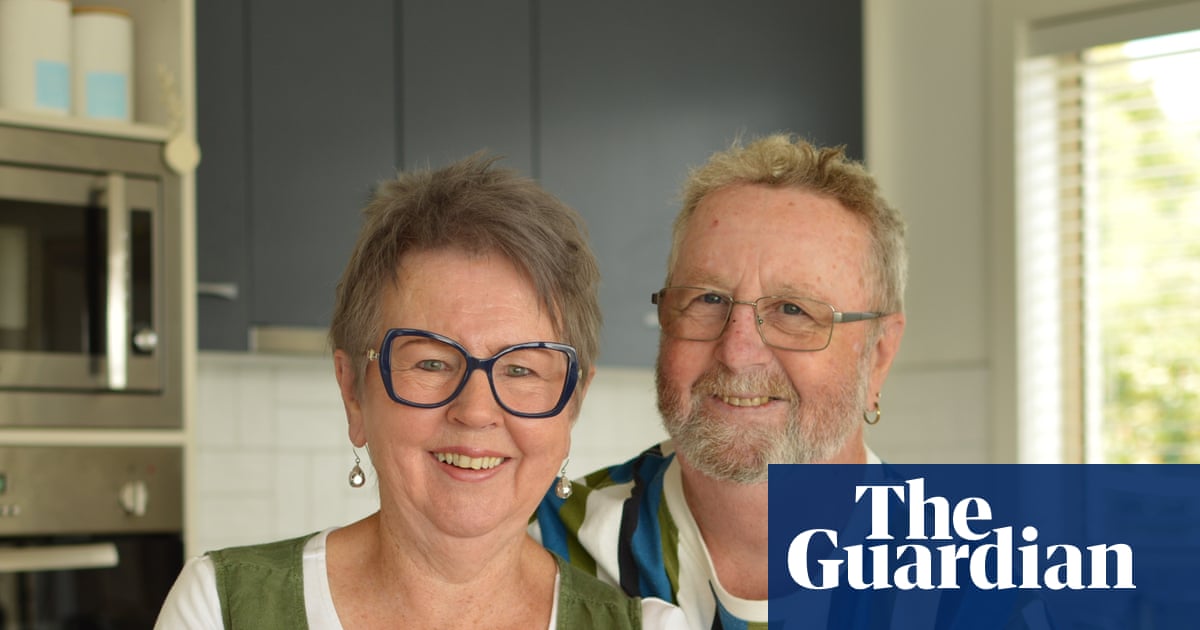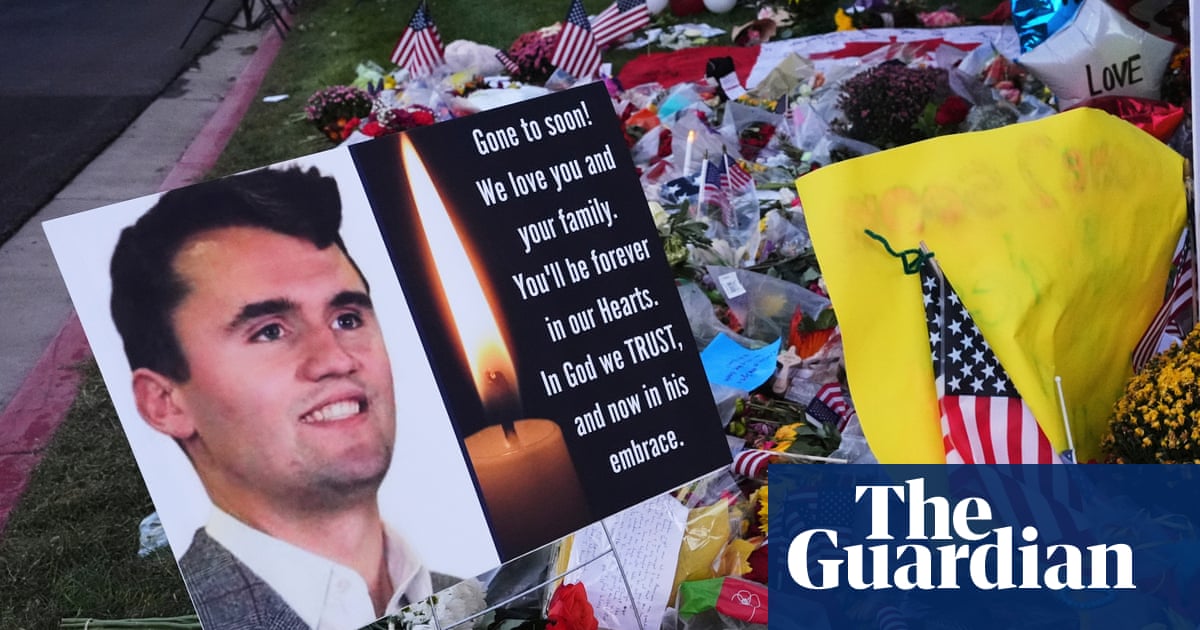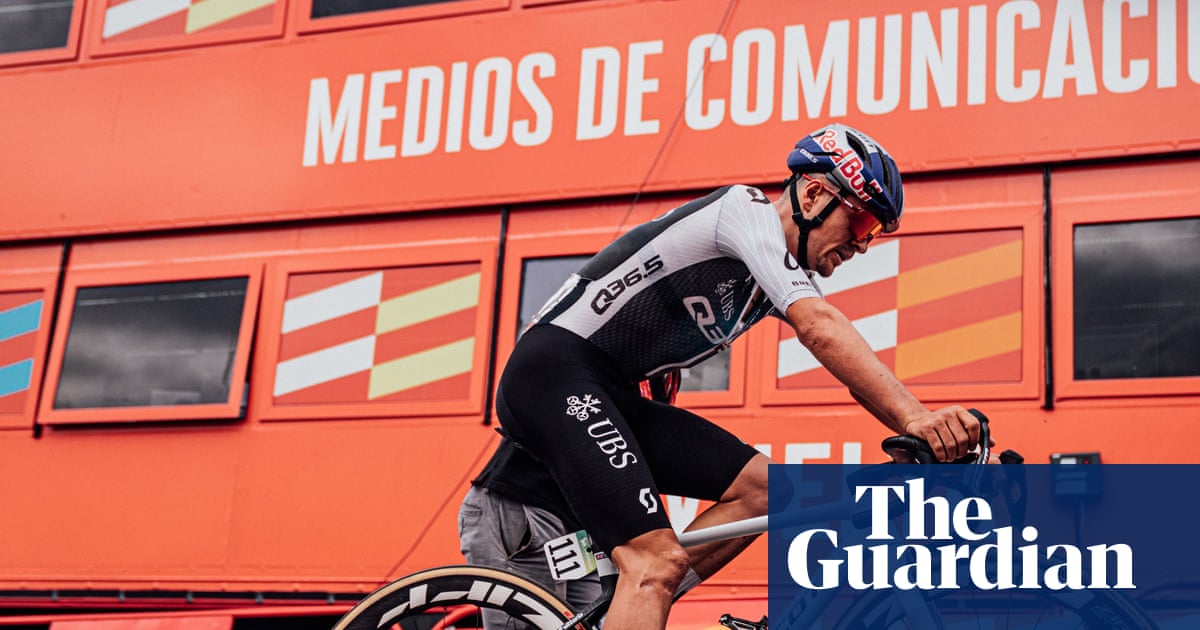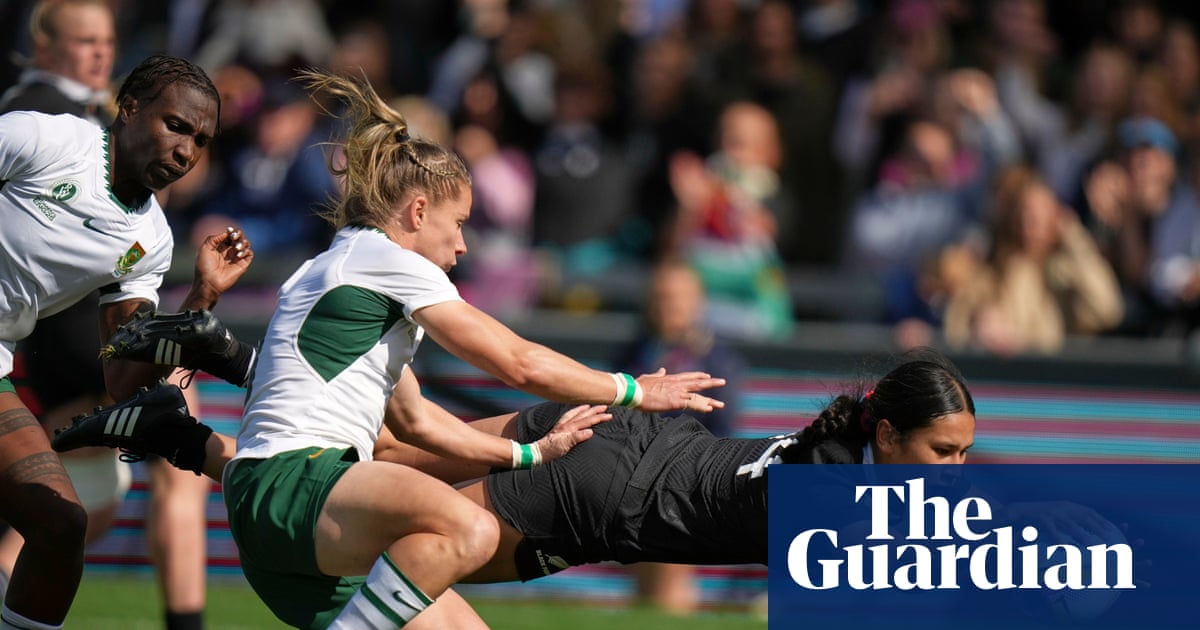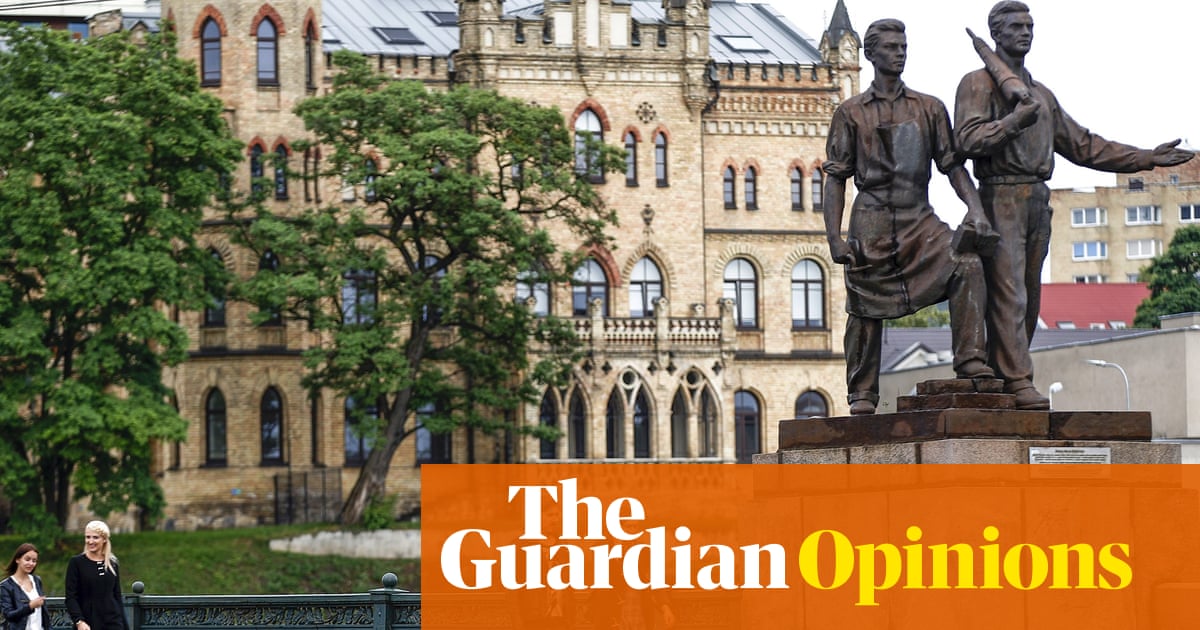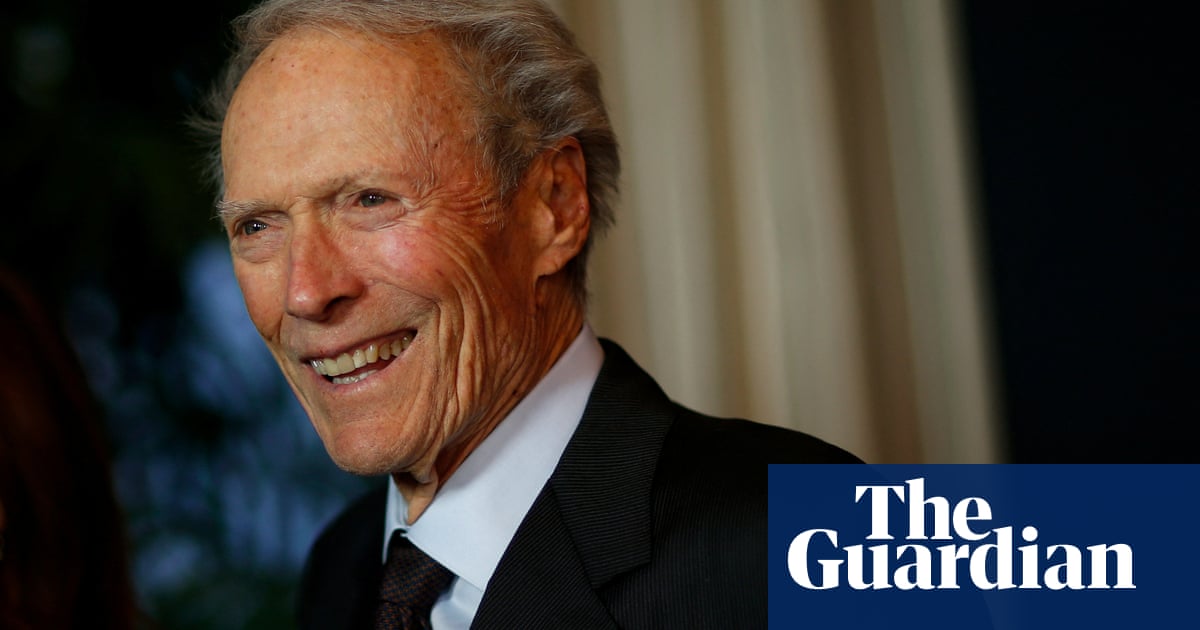Carlos Nobre, who has fought for decades to save the rainforest, says up to 70% of it could be lost if a tipping point is reached
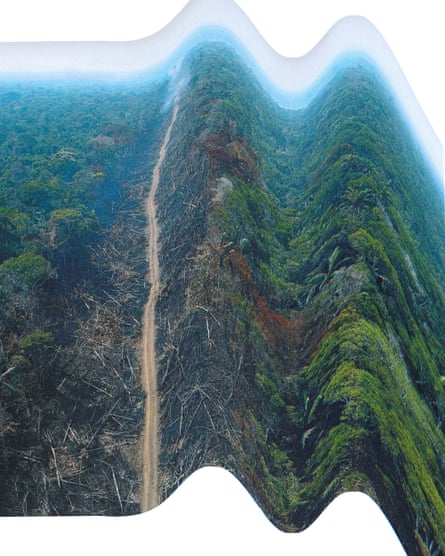
For more than three decades, Brazilian climate scientist Carlos Nobre has warned that deforestation of the Amazon could push this globally important ecosystem past the point of no return. Working first at Brazil’s National Institute for Space Research and more recently at the University of São Paulo, he is a global authority on tropical forests and how they could be restored. In this interview, he explains the triple threat posed by the climate crisis, agribusiness and organised crime.
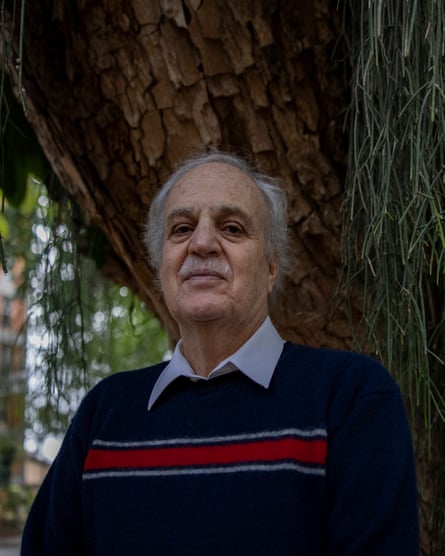
What is the importance of the Amazon?
As well as being incredibly beautiful, the world’s biggest tropical rainforest is one of the pillars of the global climate system, home to more terrestrial biodiversity than anywhere else on the planet, a major influence on regional monsoon patterns and essential for agricultural production across much of South America.
You were the first scientist to warn that it could hit a tipping point. What does that mean?
It is a threshold beyond which the rainforest will undergo an irreversible transformation into a degraded savannah with sparse shrubby plant cover and low biodiversity. This change would have dire consequences for local people, regional weather patterns and the global climate.
At what level will the Amazon hit a tipping point?
We estimate that a tipping point could be reached if deforestation reaches 20-25% or global heating rises to 2.0-2.5C [above preindustrial levels].
What is the situation today?
It is very, very serious. Today, 18% of the Amazon has been cleared and the world has warmed by 1.5C and is on course to reach 2.0-2.5C by 2050.
How is this being felt now?
The rainforest suffered record droughts in 2023 and 2024, when many of the world’s biggest rivers were below the lowest point on record. That was the fourth severe drought in two decades, four times more than would have been expected in an undisrupted climate.
Every year, the dry season is becoming longer and more arid. Forty-five years ago, the annual dry season in the southern Amazon used to last three to four months and even then there would be some rain. But today, it is four to five weeks longer and there is 20% less rain. If this trend continues, we will reach a point of no return in two or three decades. Once the dry season extends to six months, there is no way to avoid self-degradation. We are perilously close to a point of no return. In some areas, it may have already been passed. In southern Pará and northern Mato Grosso, the minimum rainfall is already less than 40mm per month during the dry season.
Aren’t those the areas where the most forest has been cleared for cattle ranching and soy plantations?
Yes. Livestock grazing is a form of ecological pollution. The areas that have been most degraded by pastures are at, or very close to, a tipping point. That is all of the southern Amazon – more than 2m sq km – from the Atlantic all the way to Bolivia, Colombia and Peru. Scientific studies show degraded pastures recycle only one-third or one-fourth as much water vapour as a forest during the dry season.

There is so much water in the Amazonian soil. Trees with deep roots bring it up and release it into the air, mostly through transpiration by the leaves. In this way, forests recycle 4-4.5 litres of water per square metre per day during the dry season. But degraded land, like pastures, recycles only 1-1.5 litres. That helps to explain why the dry seasons are growing one week longer every decade.
Why isn’t an Amazonian savannah a good idea?
It would be less humid and more vulnerable to fire. The tropical forest generally has 20-30% more annual rainfall than tropical savannahs in Venezuela, Colombia, Bolivia and Brazil. The Amazon also has fewer lightning strikes because the clouds are lower than in the savannah. But the most important difference is the fact that a rainforest has a closed canopy so only 4% of solar radiation reaches the forest floor. This means there is always very little radiated energy for the evaporation of the water so the forest floor vegetation and soil are very wet. Historically, this means that lightning strikes only start very small fires that kill only one or two trees but do not spread. In evolutionary terms, this is one reason why there is so much biodiversity in the rainforest; it is resilient to fire. But once it starts to dry and degrade, it is easier to burn.
How would an Amazon tipping point affect the global climate?
The forest in the south-eastern Amazon has already become a carbon source. This is not just because of emissions from forest fires or deforestation. It is because tree mortality is increasing tremendously. If the Amazon hits a tipping point, our calculations show we are going to lose 50-70% of the forest. That would release between 200 and 250bn tonnes of carbon dioxide between 2050 and 2100, making it completely impossible to limit global warming to 1.5C.
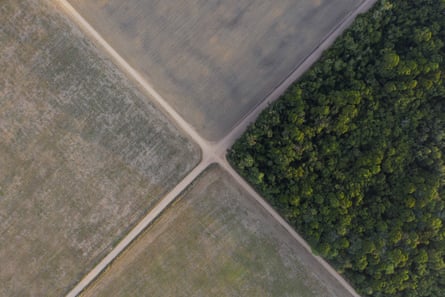
Brazil is one of the world’s biggest agricultural exporters. How would a tipping point affect global food security?
Almost 50% of the water vapour that comes into the region from the Atlantic through trade winds is exported back out of the Amazon on what we call “flying rivers”. I was the first to calculate the huge volume of these flows: 200,000 cubic metres of water vapour per second. My former PhD student, Prof Marina Hirota, calculated that tropical forests and Indigenous territories account for more than 50% of the rainfall in the Paraná River basin in the far south of Brazil, which is a major food-growing area. These flying rivers also provide water for crops in the Cerrado, Mato Grosso, Mato Grosso do Sul, Goiás, Paraná, Santa Catarina, Rio Grande do Sul, Paraguay, Uruguay, and all that northern Argentina agricultural area. So if we lose the Amazon, we are going to reduce the rainfall there by more than 40%. Then you can forget agricultural production at today’s levels. And that would also contribute to converting portions of the tropical savannah south of the Amazon into semi-arid vegetation.
What would be the consequences for nature and human health?
The devastation of the most biodiverse biome in the world would also affect hundreds of thousands of species and raise the risks of zoonotic diseases crossing the species barrier. For the first time since the Europeans came to the Americas, we are experiencing two epidemics: Oropouche fever, and Mayaro fever. In the future, the degradation of the Amazon forest will lead to more epidemics and even pandemics.
How can an Amazonian tipping point be prevented?
In 2019, [the American ecologist] Tom Lovejoy and I recommended nature-based solutions, such as large-scale forestry restoration, zero deforestation, the elimination of monocultures, and a new bioeconomy based on social biodiversity. We argued that it is possible to build back a margin of safety through immediate and ambitious reforestation particularly in areas degraded by largely abandoned cattle ranches and croplands. This prompted a lot of research and new thinking.
Is the Brazilian government adopting these ideas?
Progress fluctuates depending on who is in power. In August 2003-July 2004, we had about 27,000 sq km of deforestation – a huge number. But the first Lula government, with Marina Silva as environment minister, brought the figure down and it reached 4,600 sq km by 2012. Later, during Bolsonaro’s government, it went up to 14,000 sq km. And now, with Lula and Marina back, it is fortunately going down again and there are several beautiful new reforestation projects. This is progress, but not enough. Now I’m saying to Marina Silva, ‘Let’s get to Cop30 with the lowest deforestation in the Amazon ever, less than 4,000 sq km.’ Who knows? But anyway, Brazil is working hard.
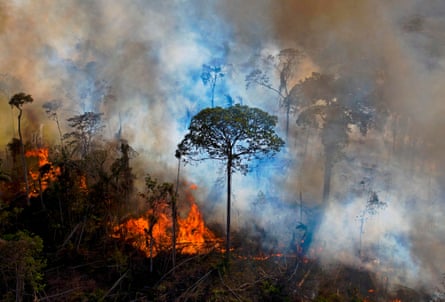
You have warned that criminal activity is a major new risk. Why?
Last year, we had a record-breaking number of forest fires in all biomes in tropical South America – from January to November 2024, the Amazon had more than 150,000. Studies by INPE (The Brazilian Space Agency) show something very, very serious is happening. More than 98% of the forest fires were man-made. They were not lightning strikes. This is very worrying. Because even when we are reducing deforestation, organised crime is making it worse. In my opinion, more than 50% of forest fires were arson.
All Amazonian countries are trying to reduce deforestation. That is wonderful, but then what to do to combat organised crime? They control a $280bn business – drug trafficking, wildlife trafficking, people trafficking, illegal logging, illegal gold mining, illegal land grabbing. It is all connected. And these gangs are at war with the governments. That’s one of the main reasons I’m becoming concerned because I know reducing deforestation is doable, so is forestry restoration. But how to combat organised crime?
How have your feelings about this problem changed?
I am worried that we are not acting with sufficient urgency. Thirty-five years ago, I thought we had plenty of time to get to zero deforestation and to combat the climate problem. Back then, deforestation was 7% and global warming was a little bit above 0.5C. I was not pessimistic because I felt we could find solutions. At the Rio Earth Summit in 1992, many people were saying that the world should aim for zero emissions by the year 2000. Unfortunately, nobody moved. Emissions continued to rise and they hit another record high last year. We now face a climate emergency. I am very, very concerned.
Tipping points: on the edge? – a series on our future
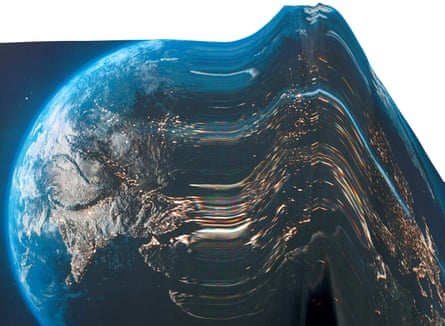
Tipping points – in the Amazon, Antarctic, coral reefs and more – could cause fundamental parts of the Earth system to change dramatically, irreversibly and with devastating effects. In this series, we ask the experts about the latest science – and how it makes them feel. Tomorrow, Louise Sime talks about Antarctic tipping points

 2 months ago
49
2 months ago
49
